Mazda CX-9 Owners Manual: Appendix
Things You Need to Know WARNING Always adjust the audio while the vehicle is stopped: Do not adjust the audio control switches while driving the vehicle. Adjusting the audio while driving the vehicle is dangerous as it could distract your attention from the vehicle operation which could lead to a serious accident. Even if the audio control switches are equipped on the steering wheel, learn to use the switches without looking down at them so that you can keep your maximum attention on the road while driving the vehicle. CAUTION For the purposes of safe driving, adjust the audio volume to a level that allows you to hear sounds outside of the vehicle including car horns and particularly emergency vehicle sirens. NOTE
Do not spill any liquid on the audio system.
Radio Reception AM characteristics AM signals bend around such things as buildings or mountains and bounce off the ionosphere. Therefore, they can reach longer distances than FM signals. Because of this, 2 stations may sometimes be picked up on the same frequency at the same time.
FM characteristics An FM broadcast range is usually about 40―50 km (25―30 miles) from the source. Because of extra coding needed to break the sound into 2 channels, stereo FM has even less range than monaural (non-stereo) FM.
Signals from an FM transmitter are similar to beams of light because they do not bend around corners, but they do reflect. Unlike AM signals, FM signals cannot travel beyond the horizon. Therefore, FM stations cannot be received at the great distances possible with AM reception.
Atmospheric conditions can also affect FM reception. High humidity will cause poor reception. However, cloudy days may provide better reception than clear days. Multipath noise Since FM signals can be reflected by obstructions, it is possible to receive both the direct signal and the reflected signal at the same time. This causes a slight delay in reception and may be heard as a broken sound or a distortion. This problem may also be encountered when in close proximity to the transmitter.
Flutter/Skip noise Signals from an FM transmitter move in straight lines and become weak in valleys between tall buildings, mountains, and other obstacles. When a vehicle passes through such an area, the reception conditions may change suddenly, resulting in annoying noise.
Weak signal noise In suburban areas, broadcast signals become weak because of distance from the transmitter. Reception in such fringe areas is characterized by sound breakup.
Strong signal noise This occurs very close to a transmitter tower. The broadcast signals are extremely strong, so the result is noise and sound breakup at the radio receiver.
Station drift noise When a vehicle reaches the area of 2 strong stations broadcasting at similar frequencies, the original station may be temporarily lost and the second station picked up. At this time there will be some noise from this disturbance.
Operating Tips for MP3 MP3 stands for MPEG Audio Layer 3, which is standardized voice compression established by the ISO*1 working group (MPEG). Use of MP3 allows for audio data to be compressed to approximately a tenth of the source data size. This unit plays files with the extension (.mp3) as MP3 files. *1 International Organization for Standardization CAUTION Do not use an audio file extension on files other than audio files. In addition, do not change the audio file extension. Otherwise, the unit will not recognize the file correctly resulting in noise or a malfunction. NOTE Supply of this product only conveys a license for private, non-commercial use and does not convey a license nor imply any right to use this product in any commercial (i.e. revenue-generating) real time broadcasting (terrestrial, satellite, cable and/or any other media), broadcasting/streaming via the Internet, intranets and/or other networks or in other electronic content distribution systems, such as pay-audio or audio-on-demand applications. An independent license for such use is required. For details, please visit http://www.mp3licensing.com.
Operating Tips for WMA WMA is short for Windows Media*1 Audio and is the audio compression format used by Microsoft*1. Audio data can be created and stored at a higher compression ratio than MP3. This unit plays files with the extension (.wma) as WMA files. *1 Windows Media and Microsoft are registered trademarks of Microsoft Corporation U.S. in the United States and other countries. CAUTION Do not use an audio file extension on files other than audio files. In addition, do not change the audio file extension. Otherwise, the unit will not recognize the file correctly resulting in noise or a malfunction.
Operating Tips for AAC AAC stands for Advanced Audio Coding, which is standardized voice compression established by the ISO*1 working group (MPEG). Audio data can be created and stored at a higher compression ratio than MP3. This unit plays files with the extensions (.aac/.m4a/.wav) as the AAC files. CAUTION Do not use an audio file extension on files other than audio files. In addition, do not change the audio file extension. Otherwise, the unit will not recognize the file correctly resulting in noise or a malfunction.
*1 International Organization for Standardization Operating Tips for OGG OGG is the audio compression format for Xiph. Org Foundation. Audio data can be created and stored at a higher compression ratio than MP3. This unit plays files with the extension (.ogg) as OGG files. CAUTION Do not use an audio file extension on files other than audio files. In addition, do not change the audio file extension. Otherwise, the unit will not recognize the file correctly resulting in noise or a malfunction.
Operating Tips for USB device This unit plays audio files as follows:
CAUTION Do not use an audio file extension on files other than audio files. In addition, do not change the audio file extension. Otherwise, the unit will not recognize the file correctly resulting in noise or a malfunction. NOTE
MP3/WMA/AAC/OGG files written under specifications other than the indicated specification may not play normally or files/folder names may not display correctly. Agreements and disclaimers related to Apple CarPlay This unit is compatible with Apple CarPlay which can operate an iPhone using the vehicle's audio device. * iPhone, Siri and Apple Music are registered trademarks of Apple Inc. * Apple CarPlay is trademarks of Apple Inc. * iOS is a trademark or registered trademark of Cisco in the U.S. and other countries and is used under license. May not be compatible depending on the model or OS version. CAUTION
NOTE To prevent loss or damage of stored data, we recommend that you always back up your data. Operating Tips for Android Requires the Android Auto app on Google Play and an Android compatible smartphone running Android 5.0 Lollipop or higher. CAUTION
NOTE To prevent loss or damage of stored data, we recommend that you always back up your data. * Google, Android, Android Auto and other related marks are trademarks of Google LLC. |
See More:
Mazda CX-9 Owners Manual > SRS Air Bags: Supplemental Restraint System
Components
(With Front Passenger Occupant Classification System) (Without Front Passenger Occupant Classification System) Driver/Front passenger inflators and air bags Roll-over sensor, crash sensors, and diagnostic module (SAS unit) Seat belt pretensioners Front air bag sensors Side crash sensors Air bag/fron ...

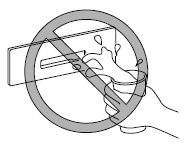
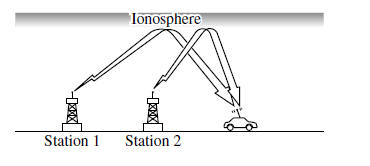
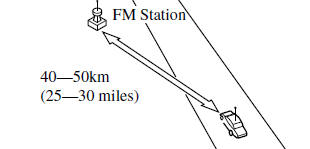
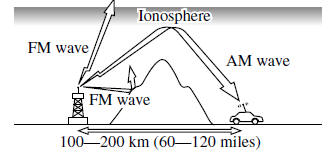
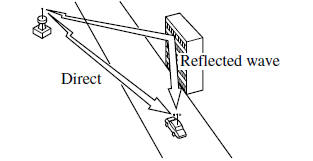
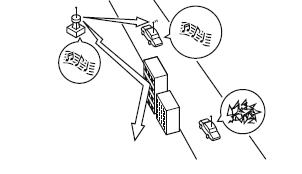
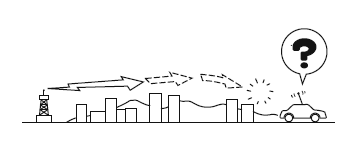
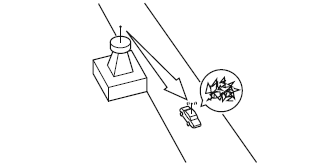
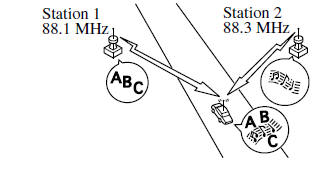
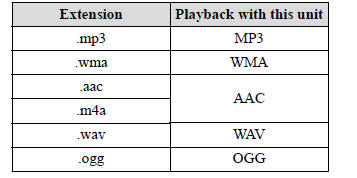
 )
If a device exceeds the maximum
electric current value of 1,000 mA, it
may not operate or recharge when
connected.
)
If a device exceeds the maximum
electric current value of 1,000 mA, it
may not operate or recharge when
connected.
